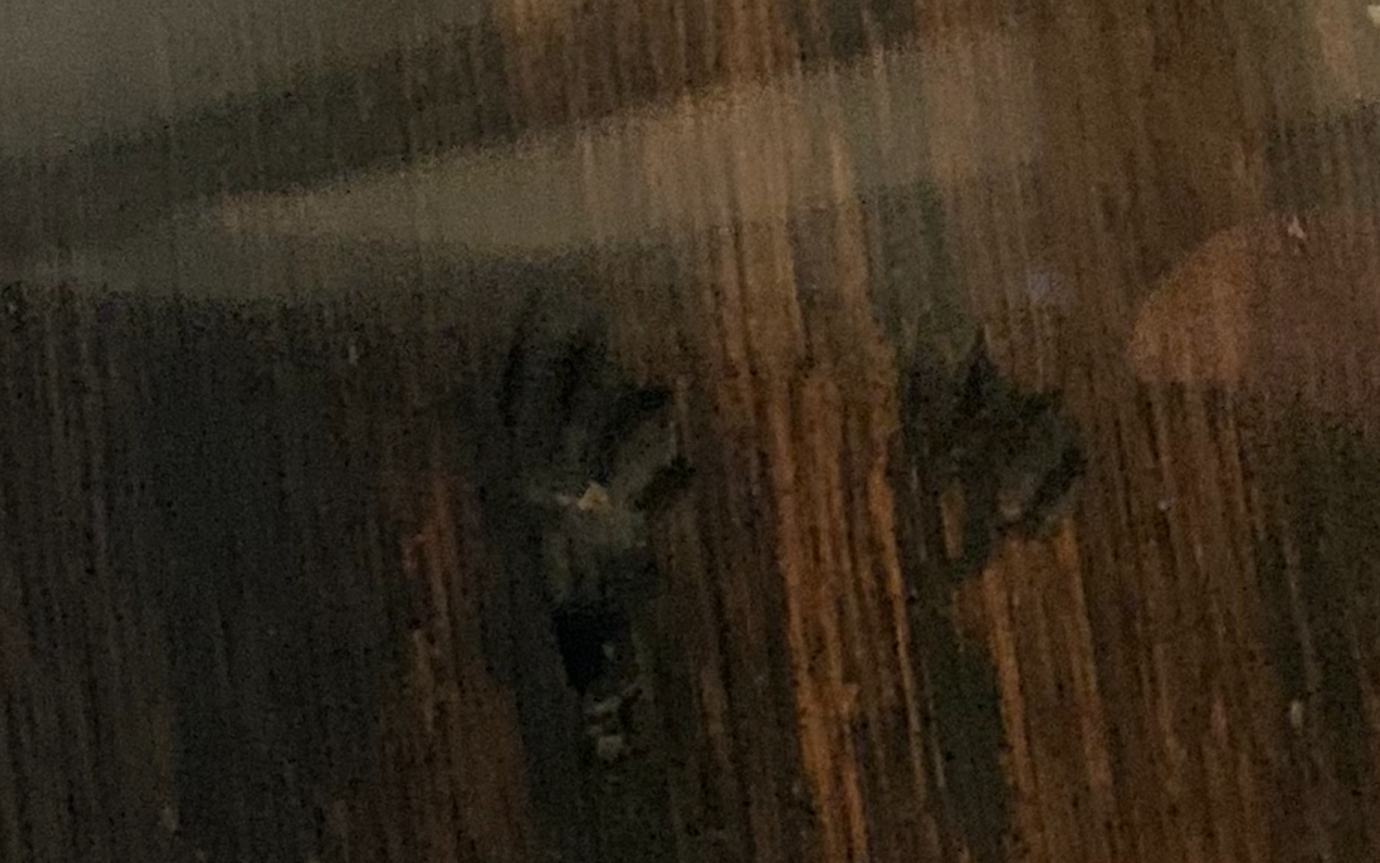

The Sinister Side
My Louvre by Antoine Compagnon

The Sinister Side
Not long ago, I spoke of this Altarpiece with Scenes from the Passion and Childhood of Christ, a sixteenth-century sculpture from Antwerp. It is exhibited in the former stables of Napoleon III, beneath the Pavillon Mollien, with a view of the ramps of the Cour Lefuel that allowed the horses to reach the Salle du Manège (Denon, room 169). During my earlier visit, I had not managed to find the authentication marks that the wall label said I should see on the “sinister” side of the casing. I came back with the department director, and to my great embarrassment, I learned that the “sinister” side is not the left but the right—or in other words, it is the left side from the figures’ point of view, and not from the spectator’s. I had been looking on the wrong side. And here they are, found at last, the little hands that authenticate the altarpiece. The same little hands appear on most of the altarpiece’s scenes, testifying to a very zealous concern for authenticity.